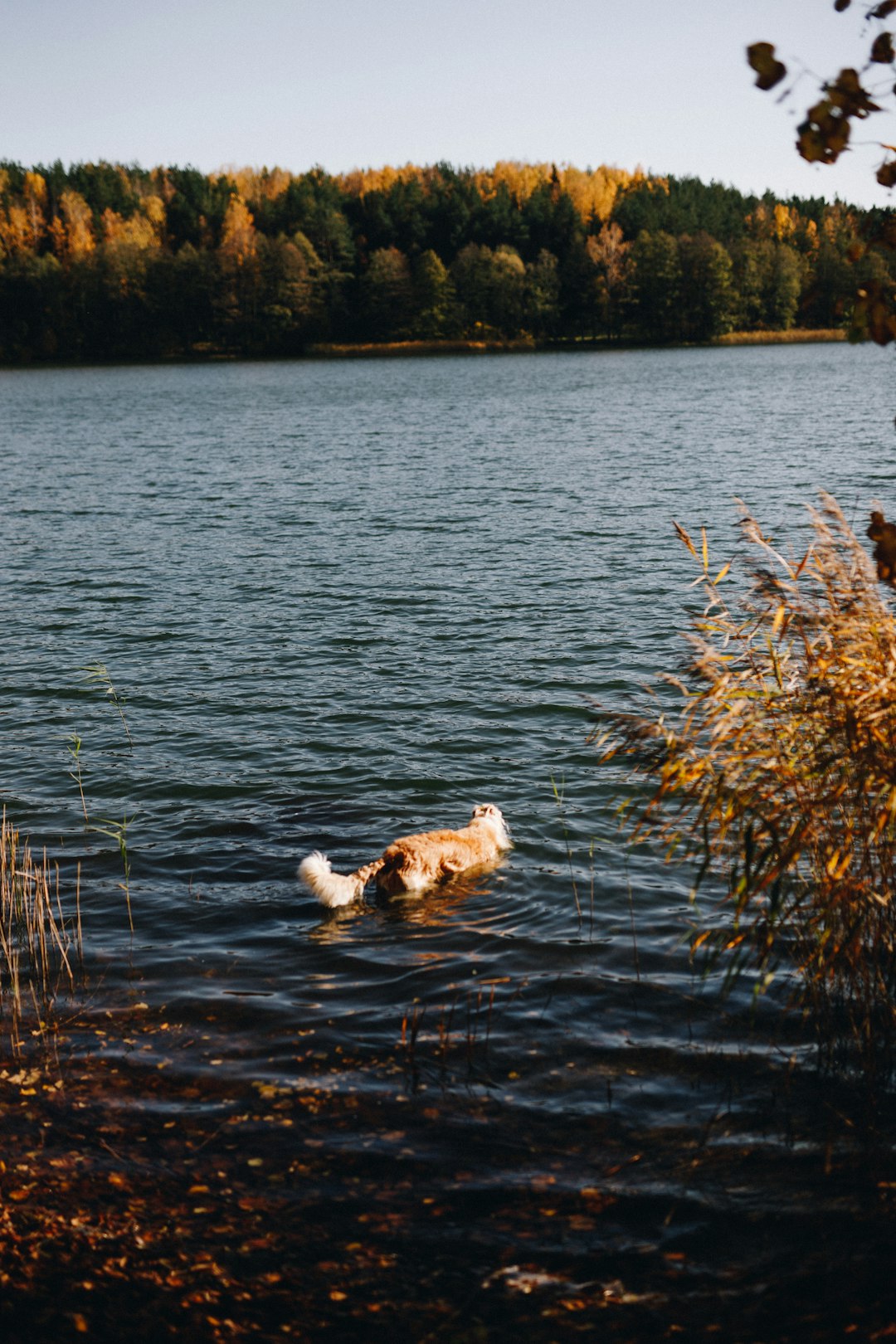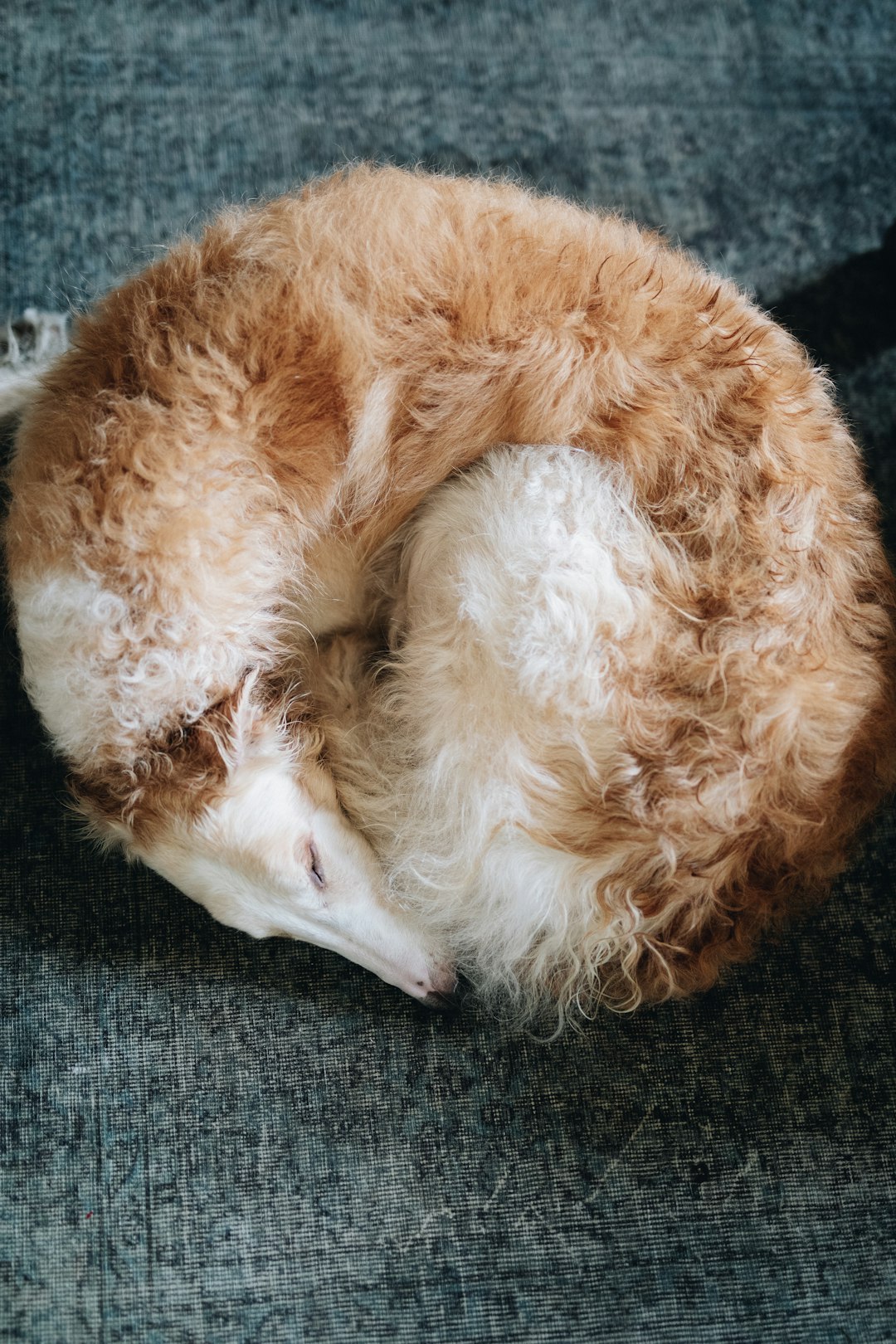When it comes to finding the best puppy food for large breeds, it can feel like you’re trying to solve a Rubik’s Cube blindfolded – frustrating, yet oddly satisfying. You’ve got to juggle nutritional requirements, ingredient lists, and the occasional drool puddle from your overly eager pup. Fear not, fellow dog parent! In this blog post, we’ll tackle the essentials with a sprinkle of humor and wagging tails, ensuring your little giant grows up strong, healthy, and less likely to eat your favorite shoes! Let’s dig into how to make the right choices for your furry friend.
Nutritional Requirements for Large Breed Puppies
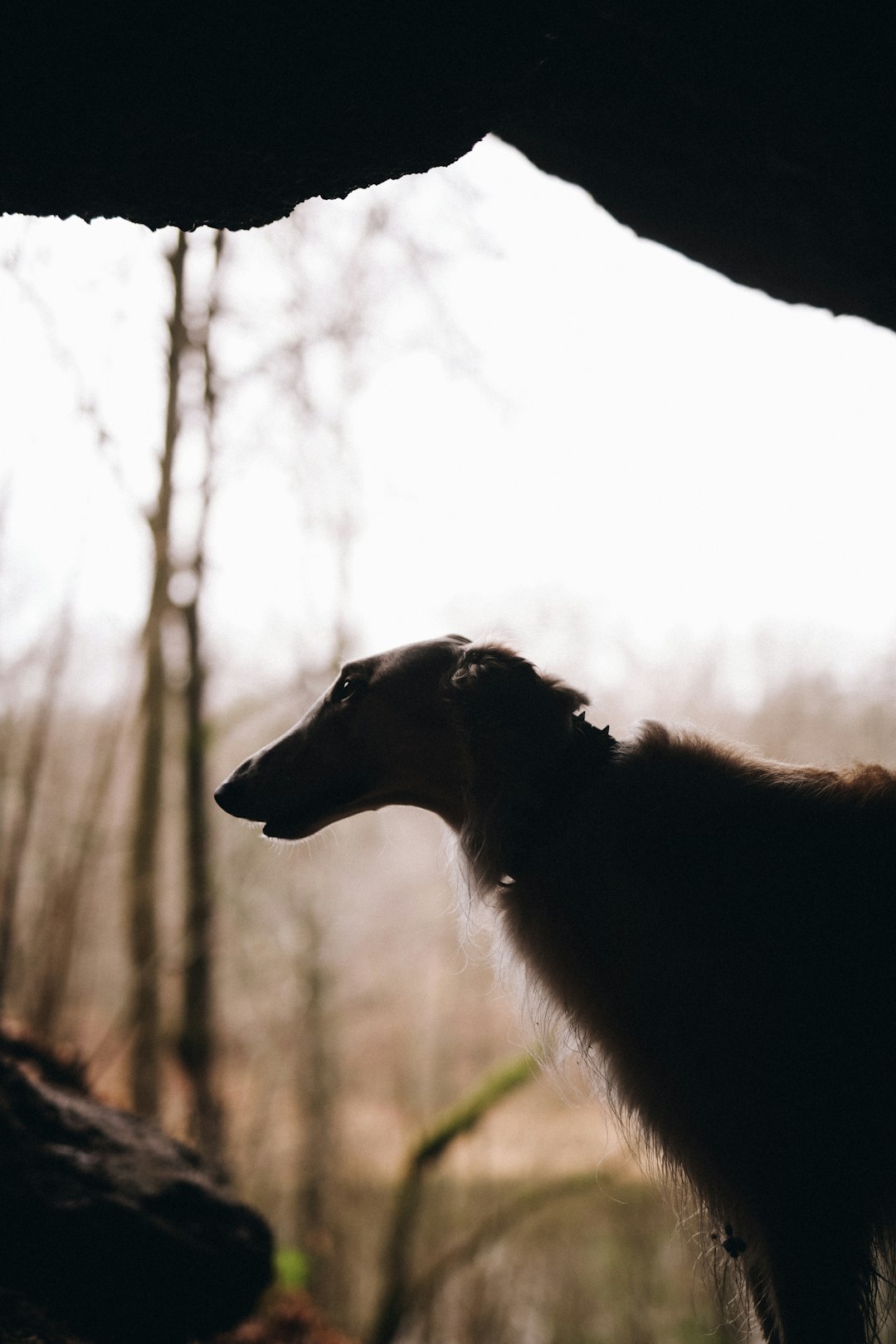
Ah, large breed puppies! Those adorable, floppy-eared bundles of joy that grow faster than your last plant purchase from the garden center. But hold your dog bowls! It’s not just about feeding them anything that’ll fit in their mighty jaws. Nope, you need to consider the Best Puppy Food for Large Breeds.
Here’s what they need to keep those growth spurts from turning into an episode of “Survivor: Dog Edition”:
- Protein: Give them the good stuff! Look for a minimum of 22% protein to build those impressive muscles. Think of it as their personal gym membership—gotta pump that iron!
- Fats: Healthy fats help with that shiny coat and energy galore! Aim for about 8-15% fat—snooze, you lose!
- Calcium & Phosphorus: Grown-up bones in a puppy body! Ideal ratio? About 1.2 to 1 for a healthy skeleton.
- Calories: Keep it balanced! Too many calories, and you might as well have a large breed couch potato.
With these factors in mind, finding the Best Puppy Food for Large Breeds is like a scavenger hunt—exciting yet rewarding! Just don’t forget to read the label—unlike your last shopping spree, this is not the time to impulsively pick based on packaging design!
Understanding the Ingredients in Puppy Food
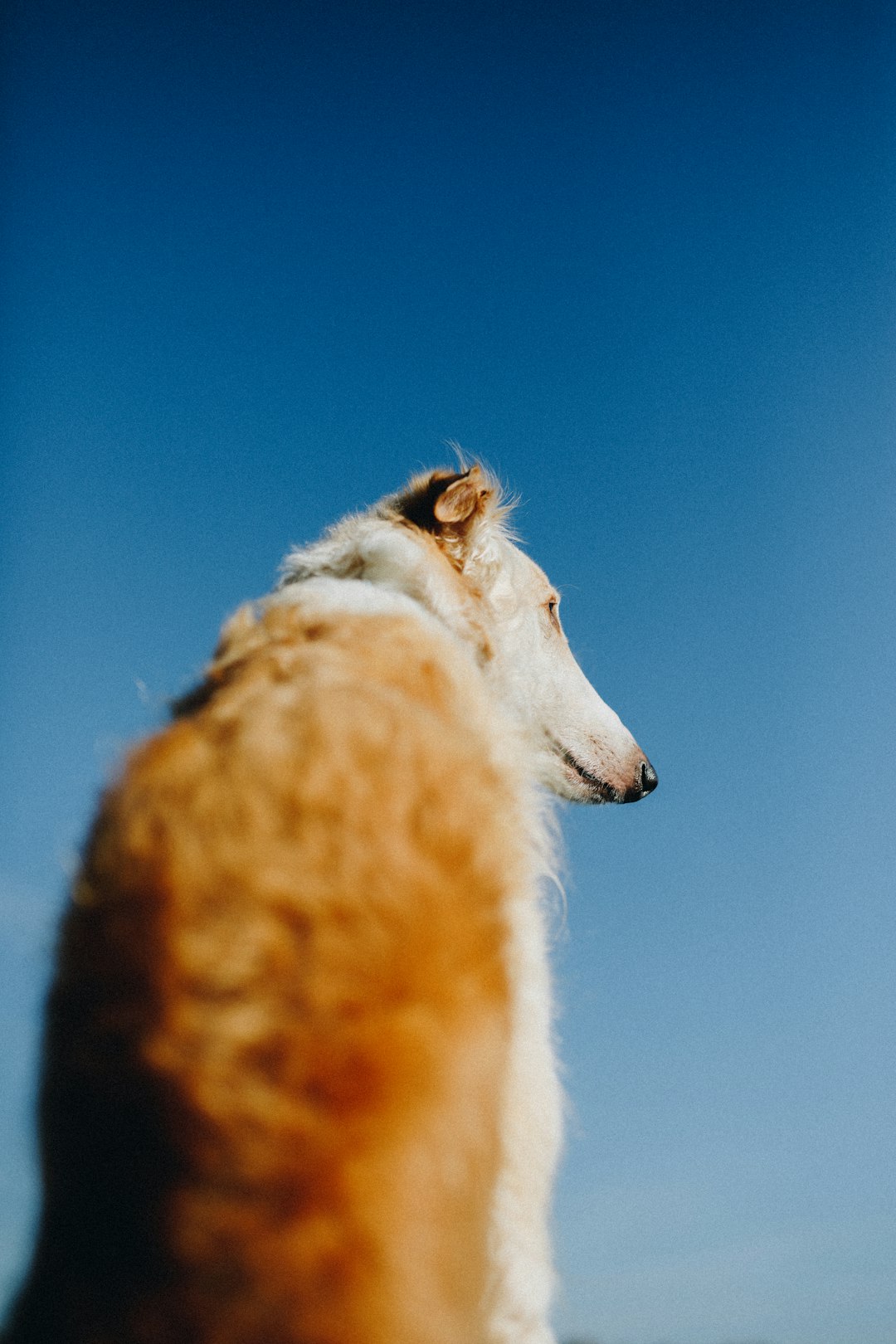
When it comes to the Best Puppy Food for Large Breeds, not all ingredients are created equal—some are more like that weird cousin nobody wants to invite to the family barbecue. So, let’s break it down!
Here’s what to look for:
- Meat as the First Ingredient: Dogs thrive on protein, and seeing meat at the top of the list is a big thumbs-up! Chicken, beef, or lamb – just no meat by-products, please.
- Healthy Carbohydrates: Sweet potatoes and brown rice are excellent choices. They help with sustained energy—perfect for your energetic giant!
- Omega Fatty Acids: Essential for that glossy coat! Look for fish oil or flaxseed; your pup will shine brighter than a disco ball at a 70s party.
On the flip side, dodge those fillers like corn and soy. They offer about as much nutrition as a cardboard box!
Remember, you want the Best Puppy Food for Large Breeds, not something that sounds like it was made in a mad scientist’s lab. Keep your ingredient list simple and wholesome! 🐶
The Importance of Protein and Fat Levels
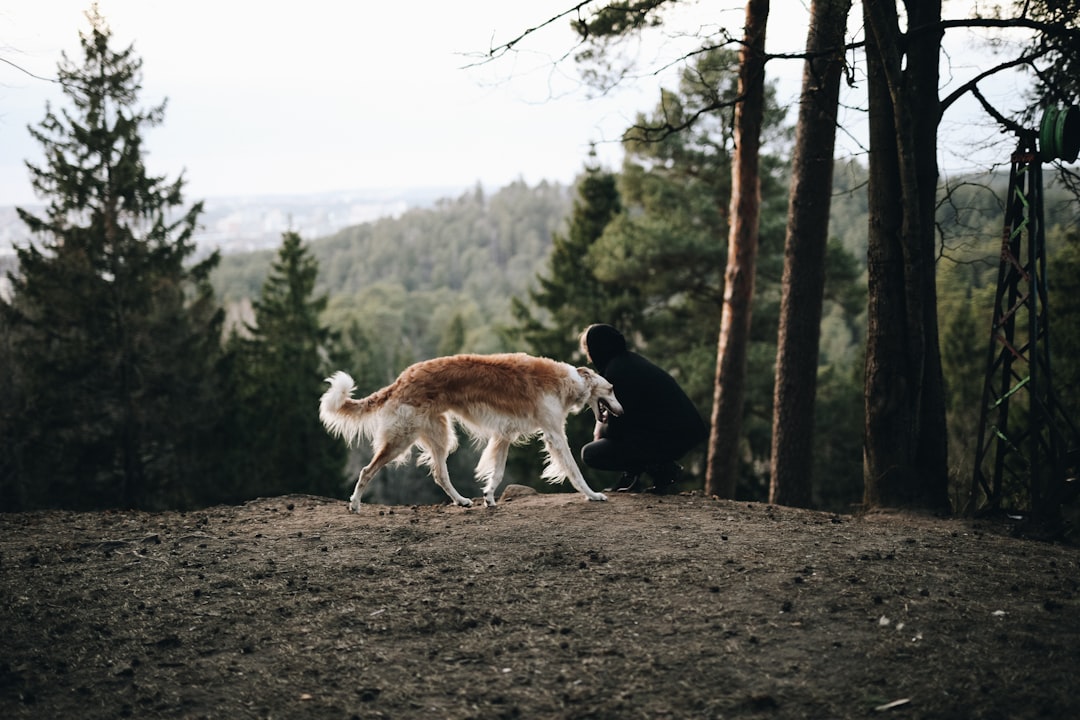
When it comes to finding the Best Puppy Food for Large Breeds, protein and fat levels are the dynamic duo your growing pup desperately needs. Think of them as Batman and Robin, but instead of fighting crime, they’re building muscles and keeping your furry friend energized for all those epic zoomies!
Why Protein is a Big Deal
- Muscle Development: Large breed puppies grow fast! They need high-quality protein to support healthy muscles. Look for at least 22% in their food.
- Tasty Treats: Dogs are pretty picky eaters. A good protein source (like chicken or beef) makes the kibble less, you know, kibble-ish!
Don’t Forget the Fat!
- Energy Source: Puppies run on pure energy! Look for healthy fats like Omega-3 and Omega-6. They help maintain a shiny coat and keep their hearts happy.
- Brain Power: Yes, fat is brain food too! Adequate fat helps with cognitive development, so your pup can master commands and not just sniff out the pizza guy.
So, when you browse those options in search of the Best Puppy Food for Large Breeds, pay close attention to protein and fat levels. Your puppy will thank you with slobbery kisses and impossibly cute tail wags!
Choosing the Right Caloric Intake
Picking the Best Puppy Food for Large Breeds is like choosing the right amount of pizza for a party: too little and everyone goes home hungry, too much and you find yourself wearing stretchy pants! Large breed puppies have unique caloric needs, and without proper caloric intake, they might become like a balloon at a dog park—overinflated and wobbly.
Key Considerations for Caloric Intake:
- Age Matters: Puppies grow faster than a mushroom after rain. Their caloric needs change as they age, so check the bag for guidance based on their age.
- Activity Level: Is your pup a couch potato or a mini athlete? Adjust their food based on how much they bounce around.
- Weight Goals: Keep an eye on their weight. Consult with your vet about whether your pup needs to pack on the pounds or trim down for summer.
Here’s a rough idea of calorie requirements:
| Puppy Age | Daily Calories |
|---|---|
| 2 – 4 Months | 1,000 – 1,500 |
| 4 – 6 Months | 1,500 – 2,500 |
| 6+ Months | 2,500+ |
Remember, the Best Puppy Food for Large Breeds strikes that perfect balance of calories—fuel for fun, but not enough to make your pup look like a fluffy potato! 🥔
Evaluating Brand Reputation and Safety Standards
When it comes to choosing the Best Puppy Food for Large Breeds, brand reputation is as crucial as your pup’s baby photos—well, almost! You don’t want to trust your furball’s tummy with just any old kibble. Here are some belly-filling factors to consider:
- Reputation Check: Look for brands that have been around for a while and have good reviews. If the company has more scandals than an afternoon soap opera, it’s time to swipe left!
- Safety Standards: Ensure the brand follows strict safety regulations. A good dog food company treats safety like a protective parent at a school dance—vigilantly!
- Recalls: Check if the brand has had any recalls. If it’s recalled more than your favorite childhood toy, maybe think twice.
In summary, to find the Best Puppy Food for Large Breeds, prioritize trustworthy brands. Your doggo deserves premium food, not the leftovers from last night’s dinner!
Reading and Understanding Dog Food Labels
Ah, dog food labels! The mysterious hieroglyphics of the pet food world. If only we had a decoder ring, but don’t worry! We’re here to unravel the conundrum of the Best Puppy Food for Large Breeds.
First off, let’s break it down:
- Ingredients List: The first ingredient should be a protein source – think chicken, beef, or lamb, not some unpronounceable mystery meat. Remember, you want your pup to flex those muscles, not turn into a couch potato!
- Guaranteed Analysis: This section tells you about the nutritional content. Look for:
- Protein: Aim for 22-32% for large breeds. Too little and your pup might just sit around waiting for the pizza delivery.
- Fat: Look for 8-20%. It helps keep those shiny coats and happy tails wagging!
- Life Stage: Ensure it says “puppy” on the package—let’s not feed your large breed puppy grizzled senior citizen fare!
- Nutritional Adequacy Statement: This is a fancy way of saying the food meets AAFCO standards. So, your puppy isn’t just eating cardboard with sprinkles.
Decoding the label helps secure a whopping bowl of the Best Puppy Food for Large Breeds. Now go, decipher your way to mealtime success! 🥳
Consulting with Veterinarians for Personalized Recommendations
When it comes to the Best Puppy Food for Large Breeds, don’t just trust the bag’s shiny packaging or a catchy jingle! Consulting a veterinarian is like asking a wise old wizard for advice—only with fewer spells and more kibble. Here’s why your vet should be your go-to guru:
- Expert Insight: Vets have the knowledge and experience to suggest specific nutritional requirements tailored to your puppy’s unique needs.
- Addressing Concerns: If your pup has allergies or special dietary needs, your vet can help you navigate the vast ocean of puppy food options.
- Growth Monitoring: Regular check-ups can help evaluate if the feeding plan is helping your large breed grow into the gentle giant you dream of.
So, before you fill your cart with every “Best Puppy Food for Large Breeds” brand you see, take a trip to your local vet. They’ll whip up a personalized plan that’ll have your pup wagging its tail and drooling over the recommended grub!
Consulting with Veterinarians for Personalized Recommendations
When it comes to the Best Puppy Food for Large Breeds, getting personalized recommendations from your veterinarian is like having a GPS for your puppy’s nutrition. Forget about playing “guess the best ingredients” from the vague claims on the bag! Here’s why your vet is your best buddy in this endeavor:
- Tailored Advice: Every puppy has unique needs. Your vet considers factors like age, activity level, and any health conditions. Think of them as your puppy’s culinary consultant!
- Nutritional Wizardry: Vets know their kibble! They can recommend specific brands or formulations that pack the right punch of protein and fat without any hidden surprises. No one wants their pup snacking on cardboard!
- Health Monitoring: Regular check-ups while your pup is growing help adjust dietary plans. Just like you, their food might need a little tweaking!
- Allergy Detection: Is your puppy scratching like they just met an uninvited guest? Your vet can help identify and recommend hypoallergenic options within the Best Puppy Food for Large Breeds.
So, don’t hesitate! Grab your pup and visit the vet – the road to finding the best food is full of greenery and vet-approved goodies!
Frequently Asked Questions
What should I look for in puppy food for large breeds?
When scouting for the perfect chow for your oversized furball, look for a protein-rich diet that declares “I’m strong and I know it!” Ideally, meat should be the first ingredient – after all, we’d hate to feed them a diet that starts with any pretenders like corn or soy. A wholesome balance of nutrients that supports their joint health, good fats (because we all enjoy a little blubber), and essential vitamins are key. And let’s not forget about those omega fatty acids that prevent them from resembling a furry broccoli! Dogs crave flavor too, so choose one that, if it were human food, would be something you’d want to scarf down yourself!
How much puppy food should I feed my large breed puppy?
Ah, the age-old question of ‘How much is too much?’ Quite frankly, when it comes to large breed puppies, portion control is crucial! They may give you those big adorable puppy eyes that scream ‘Feed me, I’m starving!’ but don’t be fooled. Create a feeding schedule that complements their growth – typically around three cups of food daily, split into two or three meals to keep them satisfied and avoiding that scene from Jurassic Park when they go all ‘Hunger Games’ on your furniture. Check the specific feeding guidelines on your chosen food bag, and don’t forget to adjust based on their growth stage and activity level. After all, we don’t want them turning into a couch potato with feet!
Is grain-free puppy food recommended for large breeds?
To grain or not to grain, that is the question! Grain-free foods have strutted down the canine runway like the latest fashion trend, but we need to approach it like a roommate who occasionally borrows your favorite hoodie – cautiously. While many dogs can digest grains without trouble and benefit from the quality nutrition grains provide, some might indeed thrive on grain-free diets. Talk to your vet, unless you want to witness a tense debate over food choices that’ll make Thanksgiving dinner look friendly. Both diets can work, but dear large breed parents, don’t leave your pup’s health to chance – stay informed!
Can I mix different brands of puppy food for my large breed?
Mixing brands? That’s like coupling PB&J with avocado toast – a culinary adventure that might go deliciously or disturbingly wrong! Generally speaking, most pups are open to trying different flavors. However, a sudden food swap can lead to tummy troubles – and all dog owners know the aftermath isn’t pretty! It’s best to gradually introduce any new food over a week or so. Start with a dollop of the new kibble mixed into their usual fare and see how they handle it. If they’re living their best life, go ahead and mix it up! If they turn into your bathroom’s new best friend, maybe stick to one brand at a time.


